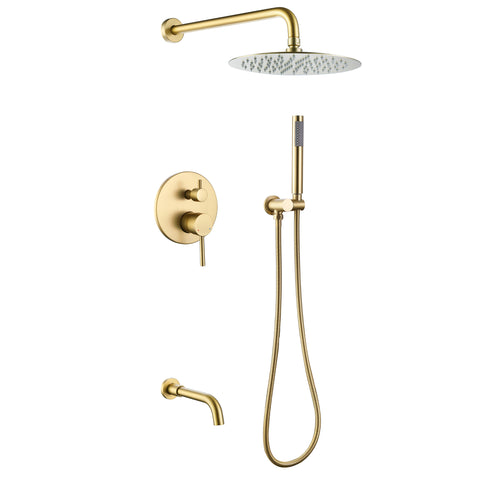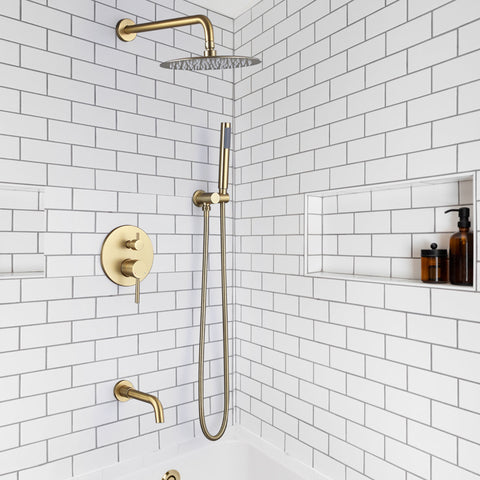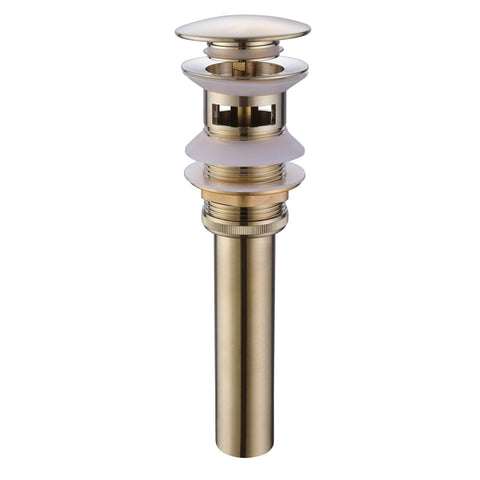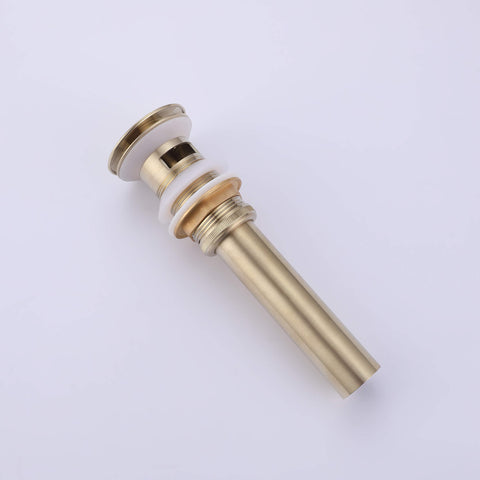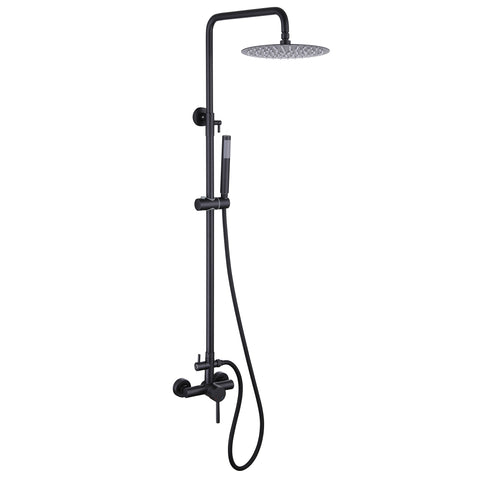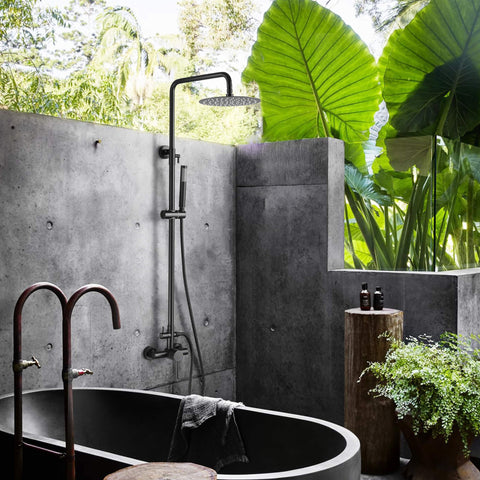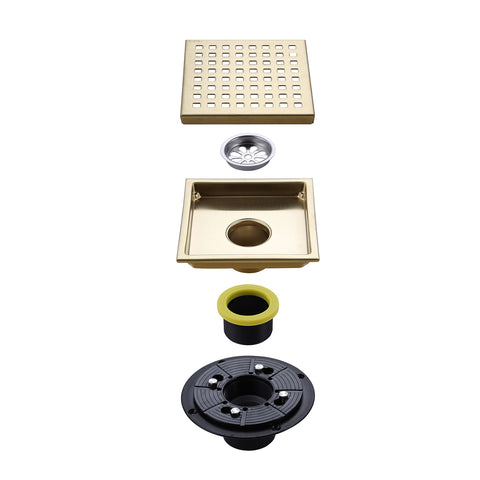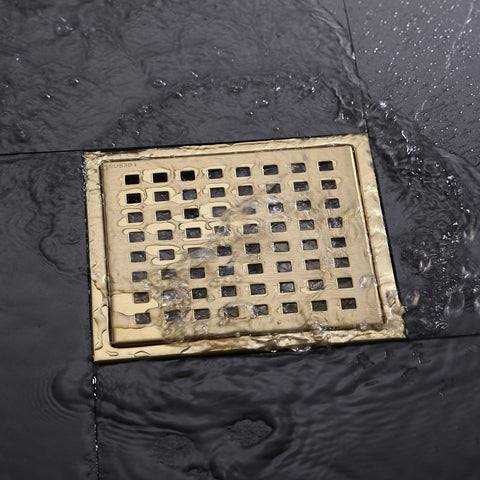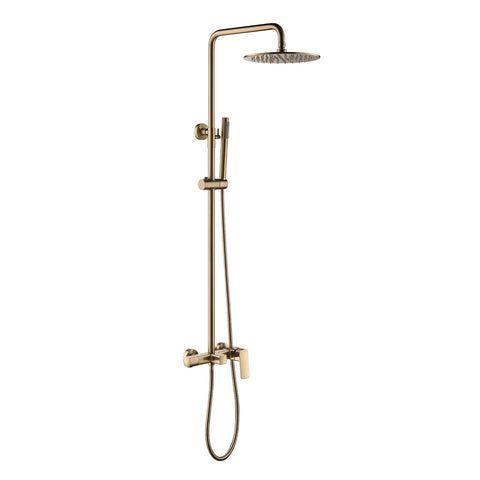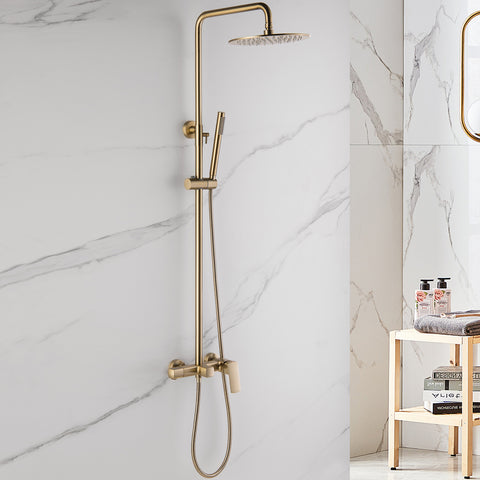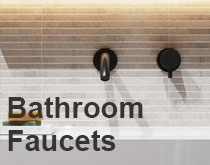The Right Height: Understanding Standard Shower Valve Placement
This blog explores the concept of standard shower valve height in bathroom design. While there isn't a universally mandated height, there are widely accepted industry standards and best practices. These standards aim to accommodate users of varying heights and needs, ensuring convenience, safety, and accessibility. The article delves into the recommended height ranges, considerations for different user groups, and the importance of customizing according to individual requirements and bathroom layouts. Additionally, we'll touch upon the integration of outdoor shower fixtures, highlighting their unique requirements and benefits.
Does the Shower Valve Height Have Any Standard?
When it comes to bathroom design, one often overlooked detail is the height of the shower valve. This seemingly minor aspect can significantly impact the functionality and comfort of your shower experience. So, is there a standard height for shower valves?
Industry Standards and Recommendations
While there is no universal law dictating the height of shower valves, the industry does follow some general guidelines. Most plumbers and builders refer to a range between 38 to 48 inches from the shower floor. This range is considered to cater to the average adult's height, ensuring that the valve is easily reachable both for turning the shower on and off and for temperature adjustments.
Accessibility and ADA Guidelines
For public and accessible bathrooms, the Americans with Disabilities Act (ADA) provides more specific guidelines. The ADA recommends installing shower valves at a height of 48 inches from the shower floor. This height ensures ease of use for individuals in wheelchairs or those with limited mobility.
Customizing for Your Needs
Despite these standards, the "ideal" height can vary based on the users' heights and preferences. In a family setting, where children and adults of varying heights use the same shower, it might be beneficial to install the valve at a lower height for easy access by all.
Other Considerations
Beyond the height, the placement of the valve in relation to the showerhead is also important. Ideally, it should be installed on a wall that allows the user to turn on the shower without being directly under the water flow, preventing any initial discomfort from cold water.
Outdoor Shower Fixtures
When considering outdoor shower fixtures, additional factors come into play. Outdoor showers often need to accommodate a broader range of activities, from rinsing off after a swim to gardening clean-up. The height and placement of valves in outdoor showers should consider the ease of access and the specific needs of users. Typically, outdoor shower valves are installed slightly higher to cater to a standing position without the need for frequent adjustments, enhancing convenience and functionality.
Conclusion: Balancing Standards with Personalization
In conclusion, while there are standard height ranges for shower valve installation, the best approach is to balance these guidelines with personal needs and preferences. Whether you are designing a new bathroom or renovating an existing one, considering the users’ needs will ensure a comfortable and functional shower experience.
Remember, the shower valve height, though a small detail, plays a significant role in the overall usability and enjoyment of your bathroom.
This blog post provides a comprehensive overview of the considerations and standards surrounding the height of shower valves, ensuring that readers can make informed decisions for their bathroom designs.
